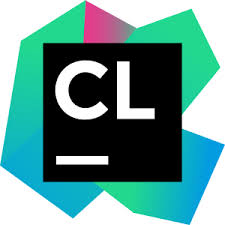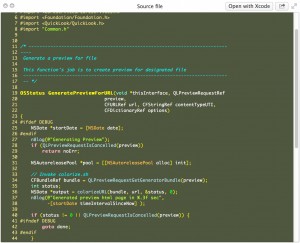 Some folks get a lot of enjoyment out of tweaking the UI of a piece of software. In an IDE like CLion, the color scheme used for the code editor is highly customizable. If you’d like to explore the settings and/or find a new theme for CLion or just the code editor, check out the CLion JetBrains tutorial at https://www.jetbrains.com/help/clion. Specifically, here are some tutorials you might want to look at:
Some folks get a lot of enjoyment out of tweaking the UI of a piece of software. In an IDE like CLion, the color scheme used for the code editor is highly customizable. If you’d like to explore the settings and/or find a new theme for CLion or just the code editor, check out the CLion JetBrains tutorial at https://www.jetbrains.com/help/clion. Specifically, here are some tutorials you might want to look at:
- Colors and Fonts
- Switching Between Schemes
- Setting a Background Image
- User Interface Themes (This is not the same as color scheme from the first link above).
